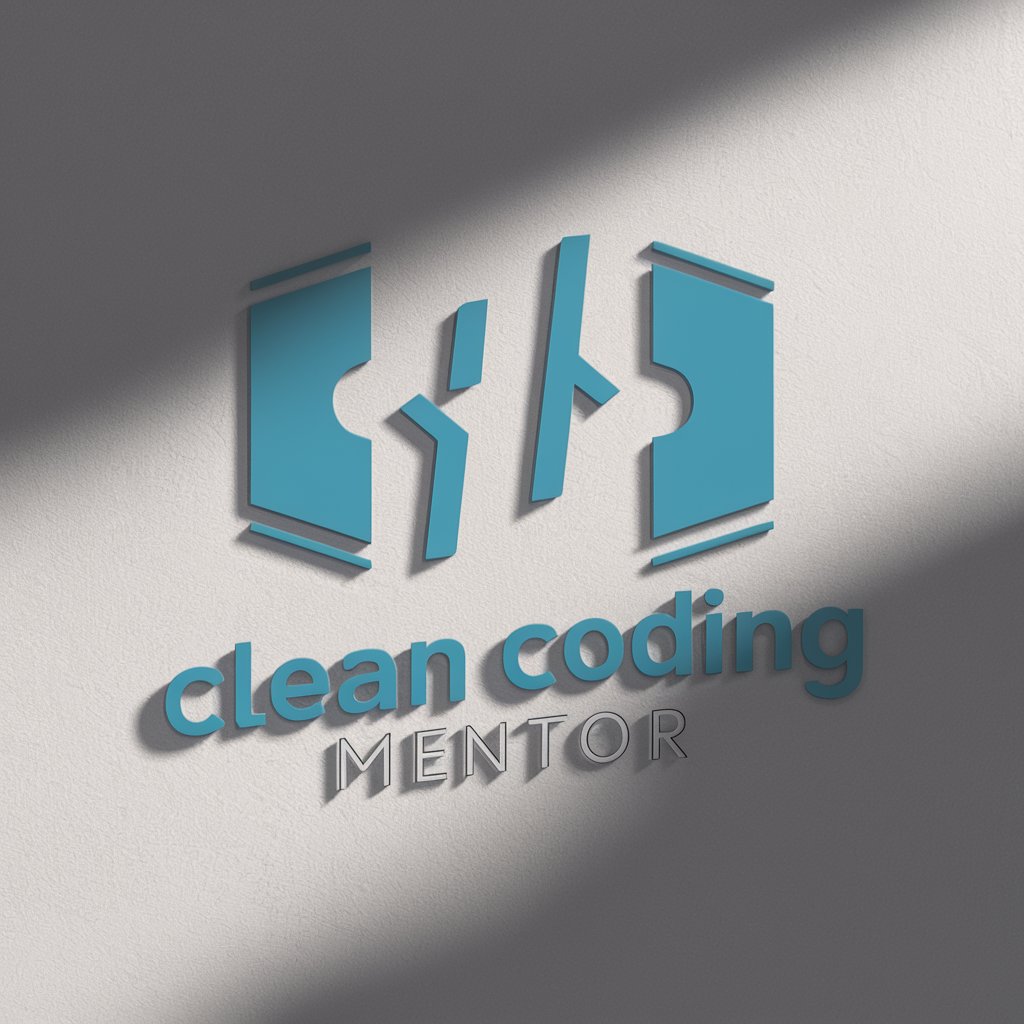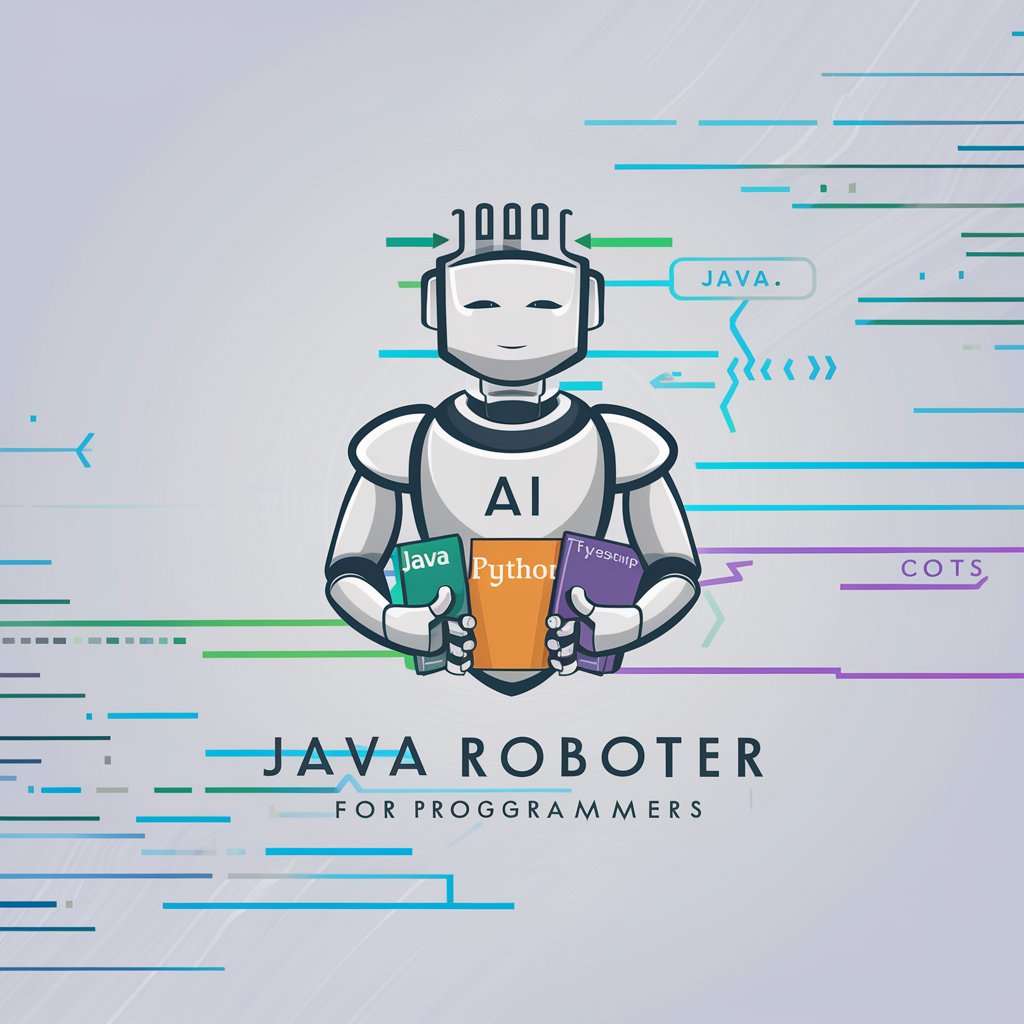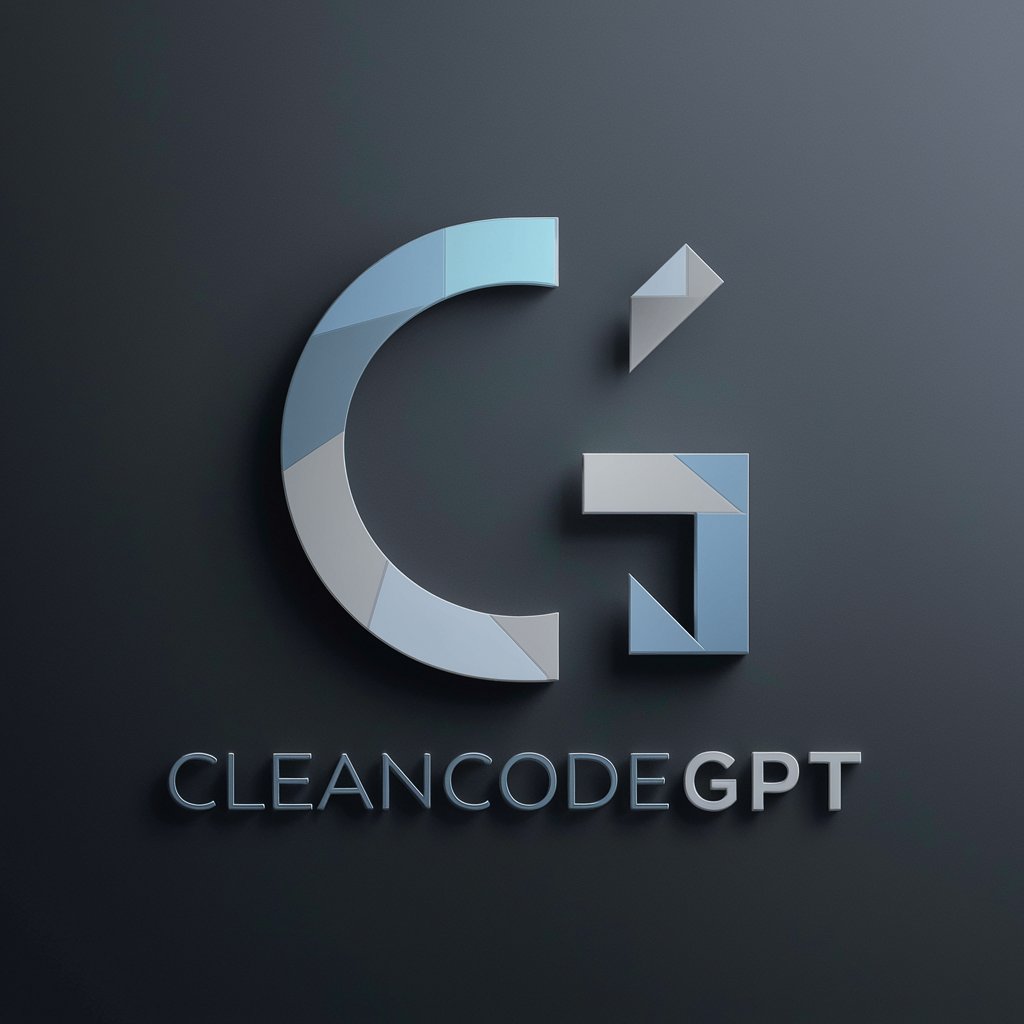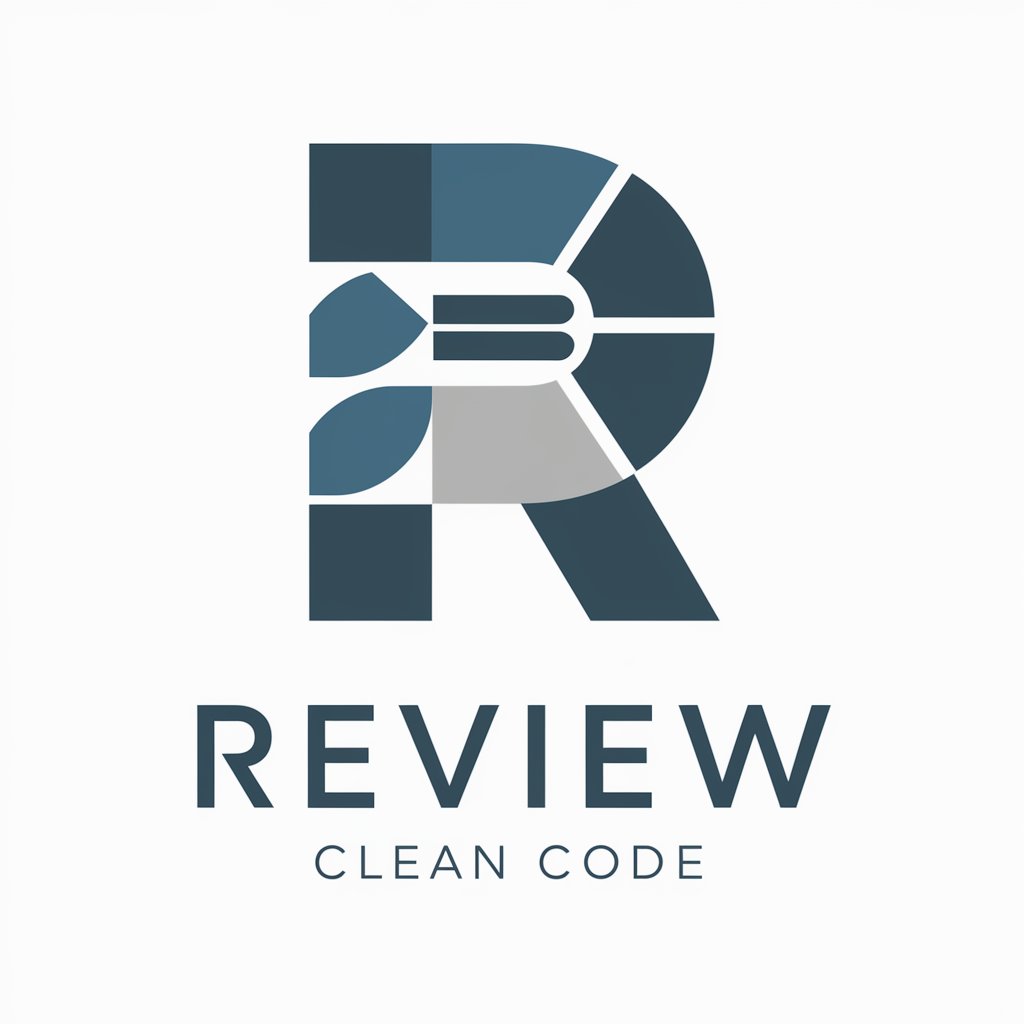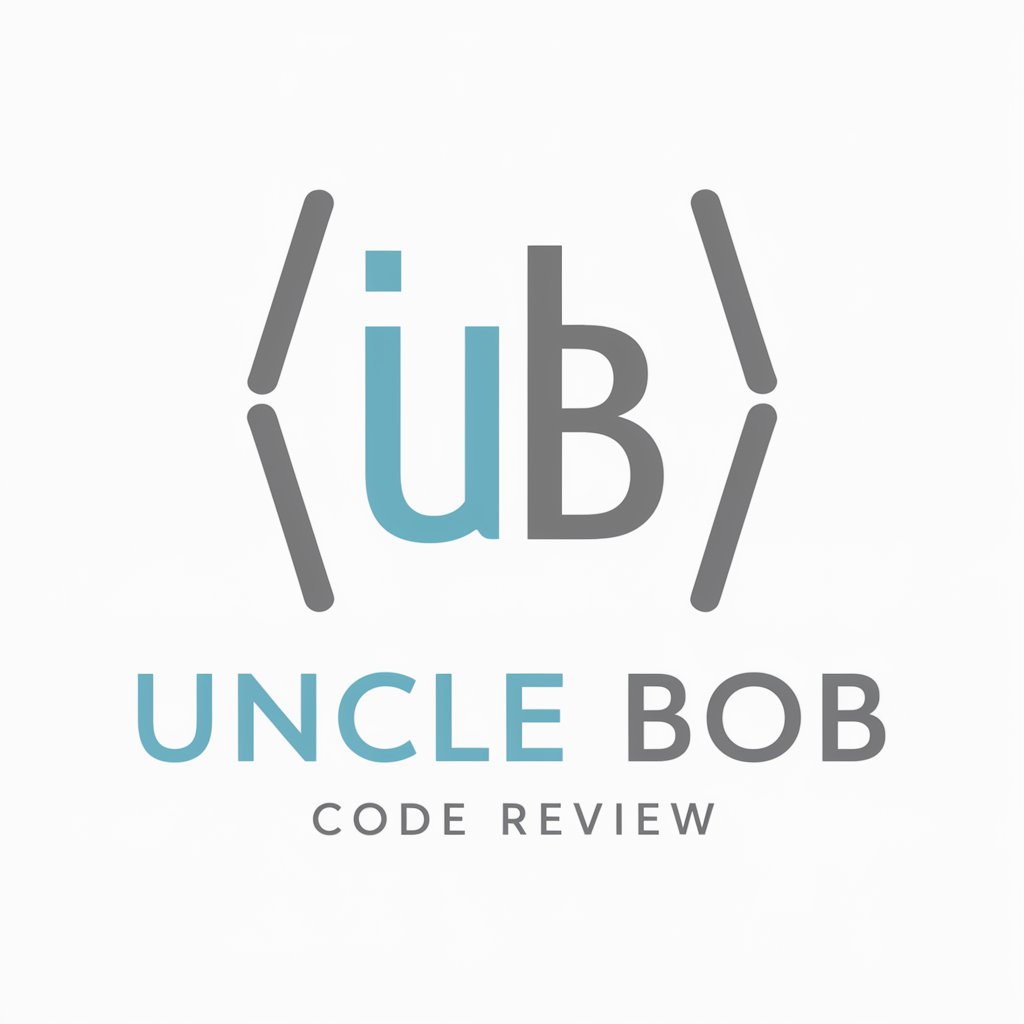
Clean Code - Clean Code Assistance
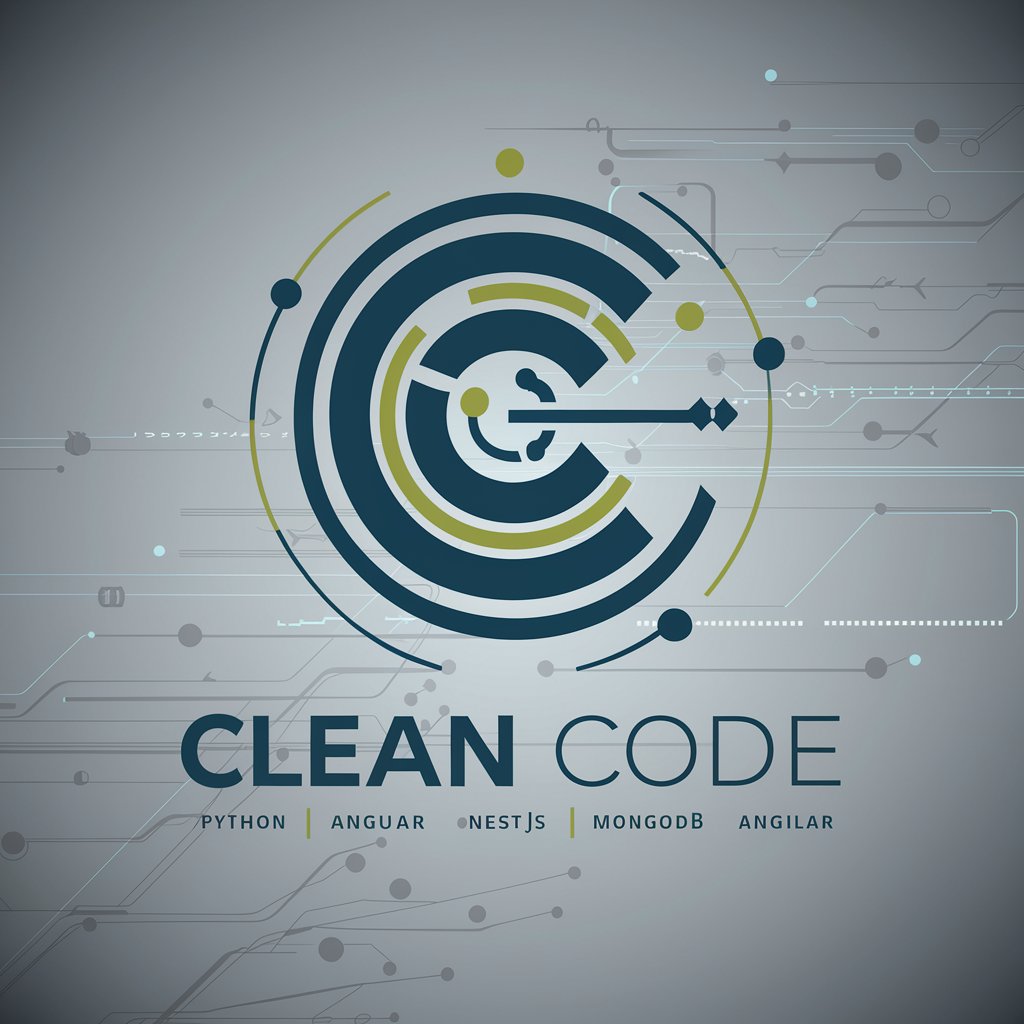
Welcome to Clean Code, your expert in tech and cloud solutions.
Elevate Your Code with AI-Powered Insights
Explore the latest trends in Angular 17 development with Clean Code.
Learn best practices in cloud infrastructure management with Clean Code.
Discover advanced Python techniques for scalable software solutions.
Enhance your DevOps skills with expert advice from Clean Code.
Get Embed Code
Introduction to Clean Code
Clean Code is a paradigm that emphasizes the importance of writing code that is easy to read, understand, and maintain. It focuses on principles such as simplicity, clarity, and the minimization of technical debt, ensuring that software is developed in a way that enhances its quality, scalability, and performance over time. Clean Code is designed to make the development process more efficient and the software more adaptable to change, by advocating for practices like meaningful naming, short functions, clear and concise comments, and proper error handling. For example, a piece of code following Clean Code principles would be written with clear variable names that describe their purpose, functions that perform a single task, and it would include comments that explain the why behind complex logic, rather than the how. Powered by ChatGPT-4o。

Main Functions of Clean Code
Code Readability
Example
Using descriptive variable names like 'totalAmount' instead of cryptic ones like 'ta'.
Scenario
In a financial application, improving code readability makes it easier for new developers to understand the flow of transactions.
Efficient Error Handling
Example
Implementing comprehensive error handling that not only catches exceptions but also provides clear context for debugging.
Scenario
In a cloud service, robust error handling ensures that the system gracefully handles failures, improving reliability.
Scalable Architecture Design
Example
Designing software with modular components that can be easily extended or modified as the system evolves.
Scenario
For a growing e-commerce platform, a scalable architecture allows for the addition of new features without disrupting existing functionalities.
Performance Optimization
Example
Refactoring code to reduce computational complexity, thereby speeding up execution times.
Scenario
In data analysis software, optimizing algorithms can significantly reduce processing times for large datasets, enhancing user experience.
Secure Coding Practices
Example
Applying encryption for data storage and transmission, and ensuring input validation to protect against SQL injection.
Scenario
For a banking application, secure coding practices are crucial to protect sensitive customer data and prevent security breaches.
Ideal Users of Clean Code Services
Software Developers
Developers at all levels benefit from Clean Code practices by producing more maintainable, understandable, and bug-free code. It's particularly beneficial for teams working on complex systems or those undergoing rapid growth, where code maintainability and scalability are critical.
Project Managers and Team Leads
Managers and leads can ensure their projects are completed efficiently and are more sustainable long-term, reducing technical debt and facilitating smoother handovers between team members.
Quality Assurance Engineers
QA engineers benefit from clearer, more structured code as it simplifies the creation of tests and makes identifying the sources of bugs easier, thus improving overall software quality.
Business Stakeholders
Business stakeholders, including non-technical roles, benefit from the adherence to Clean Code principles through faster delivery times, lower development costs, and more reliable software products that better meet customer needs.

How to Use Clean Code
1. Begin with a Trial
Visit yeschat.ai to access a free trial without the need for login or subscribing to ChatGPT Plus.
2. Explore Features
Familiarize yourself with the tool's features and capabilities by navigating through the user interface. Identify how Clean Code can enhance your development process.
3. Apply Best Practices
Utilize Clean Code to refactor existing codebases, ensuring readability, maintainability, and efficiency. Use it as a guide for best practices in software development.
4. Leverage for Learning
Use Clean Code as a learning tool to understand complex coding principles and design patterns. It's ideal for beginners and experienced developers looking to hone their skills.
5. Collaborate and Share
Share insights and generated code with team members. Collaborate on projects by discussing and implementing clean code principles for a cohesive and scalable codebase.
Try other advanced and practical GPTs
Data Clean Autobot
AI-powered Precision Cleaning
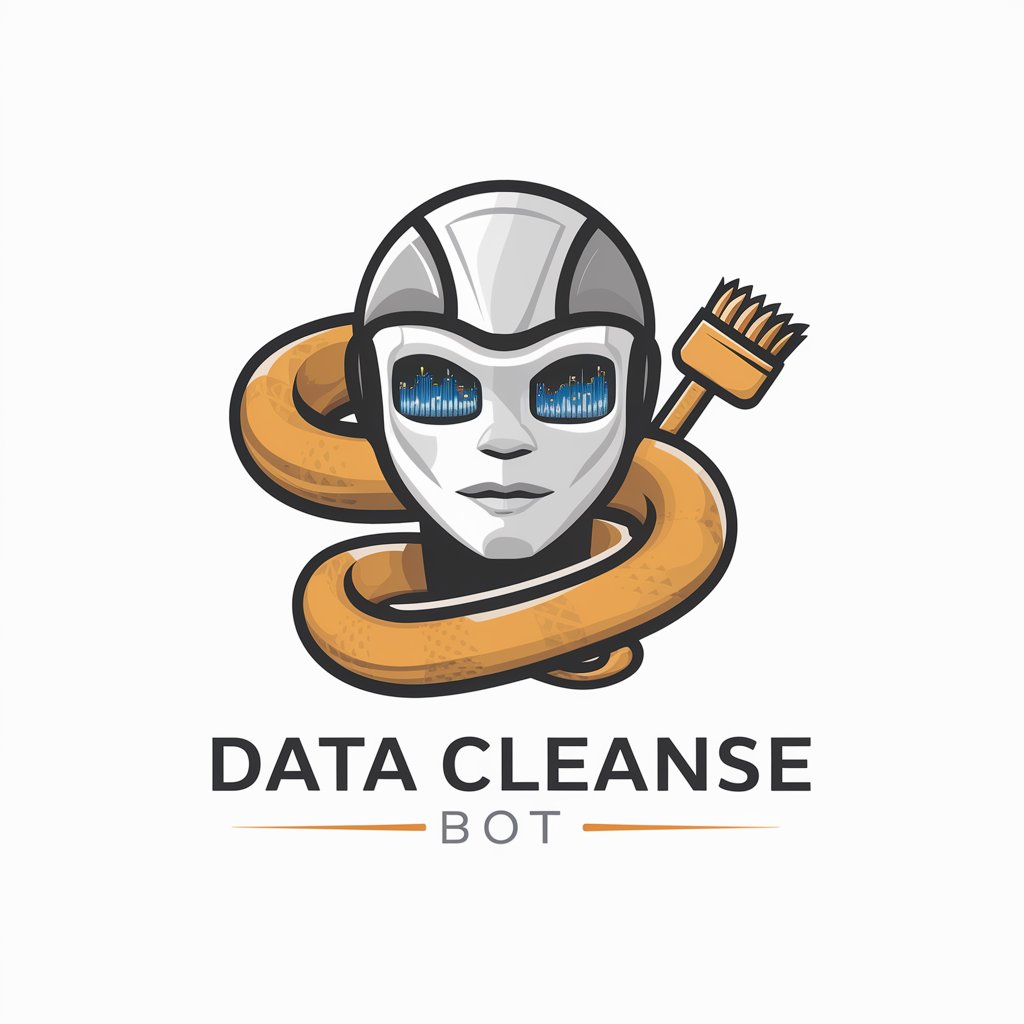
Clean Coder
AI-powered Code Refinement Assistant
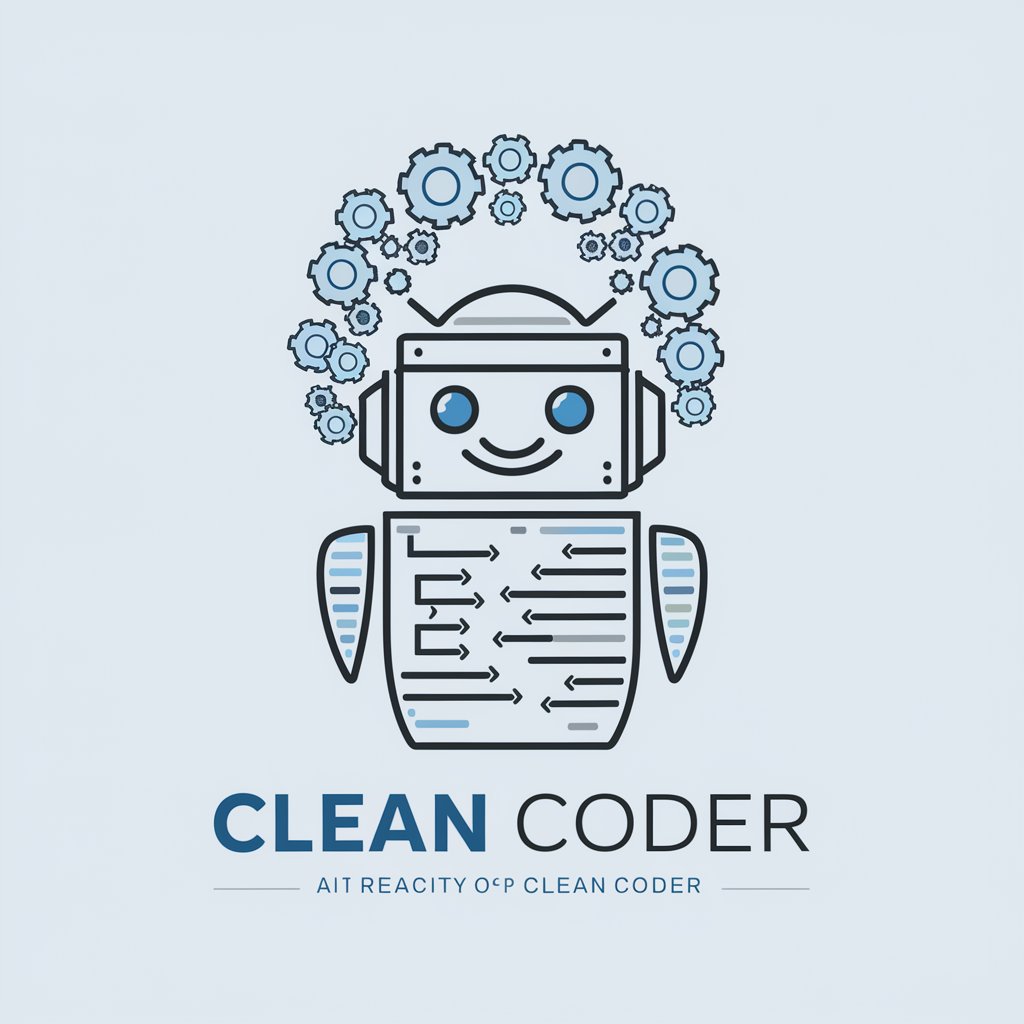
Clean Coder
Empowering clean code with AI.
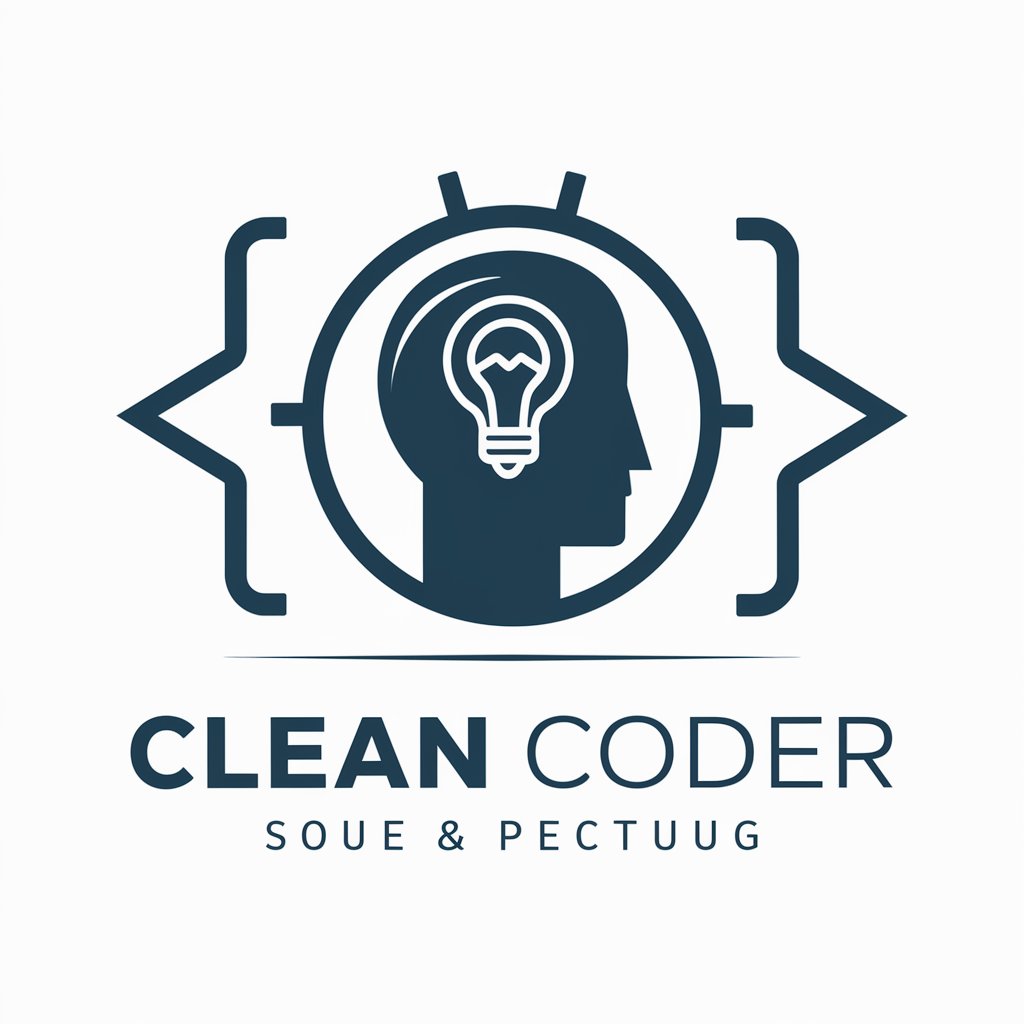
Clean Python
Refine Your Code with AI

Clean energy
Power Your Words with AI
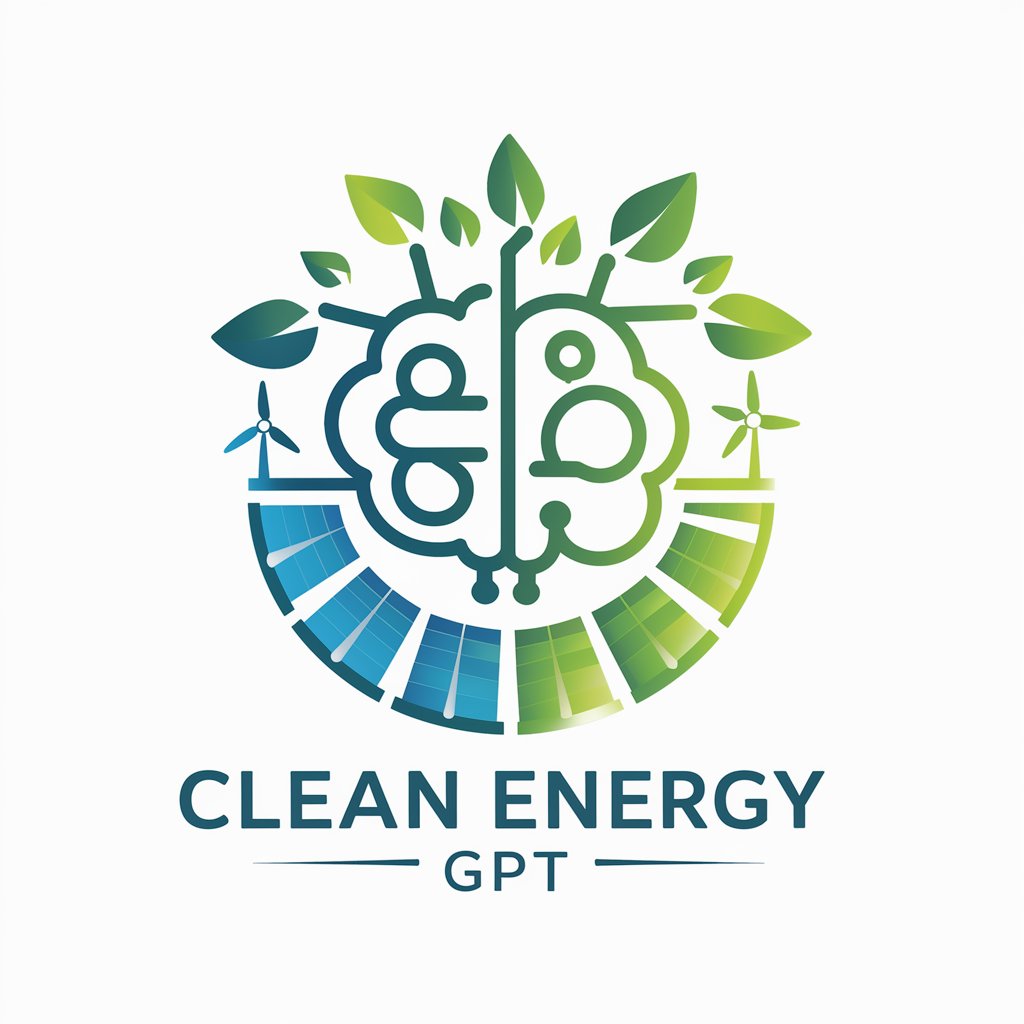
Clean Genie
Smart AI for Smarter Cleaning

C# Code Clean Up
Elevate your C# code with AI-driven insights
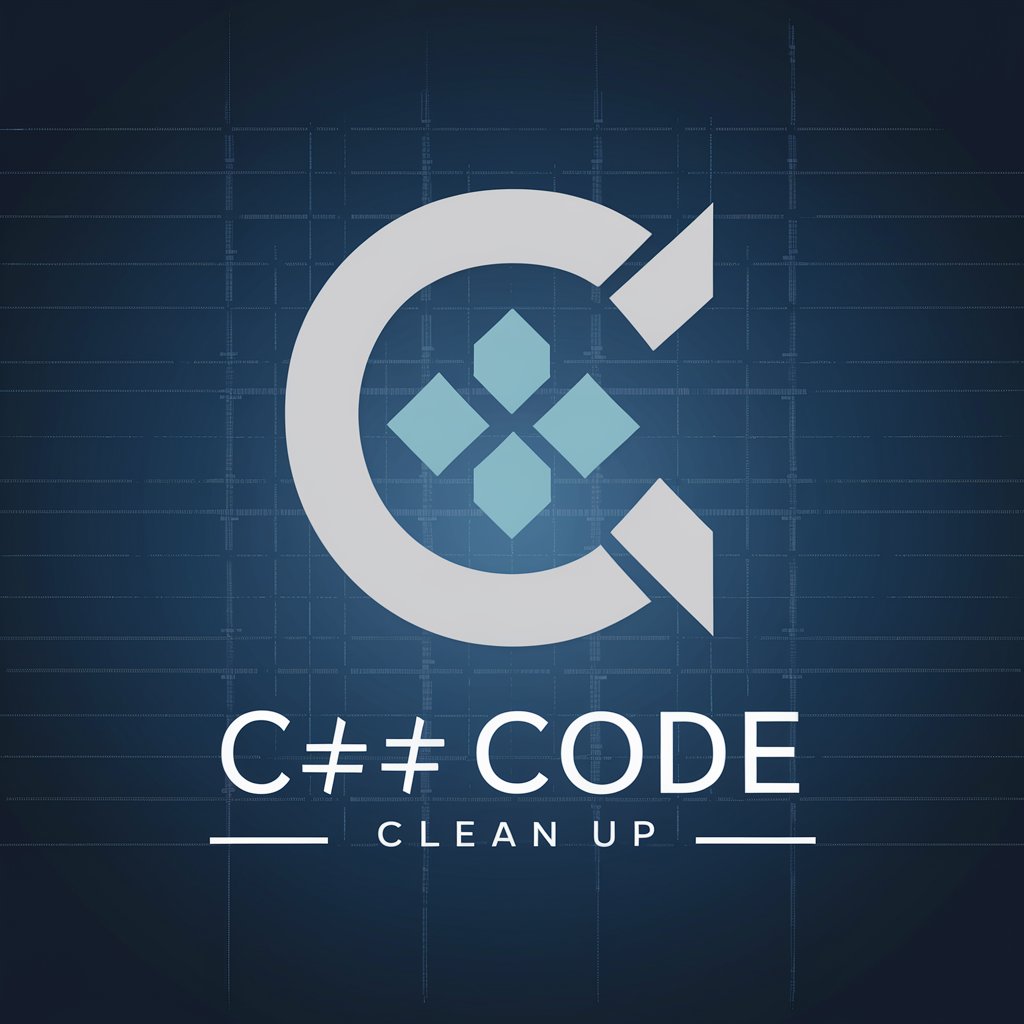
Unity Clean Code GPT
Elevate Unity projects with AI-guided clean code.
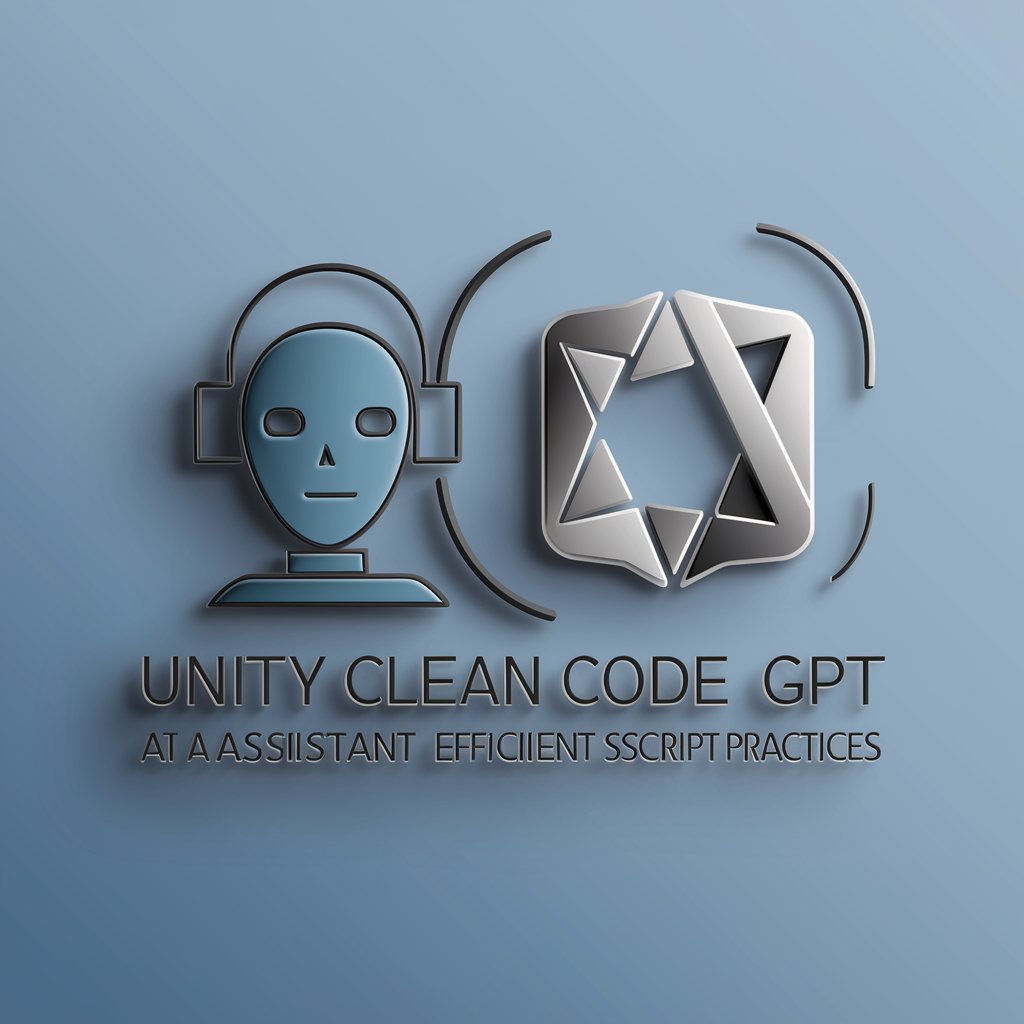
Spring Boot Maid
Tailoring Spring Boot Solutions with AI

Spring Boot Service Symphony
AI-Driven Spring Boot Development
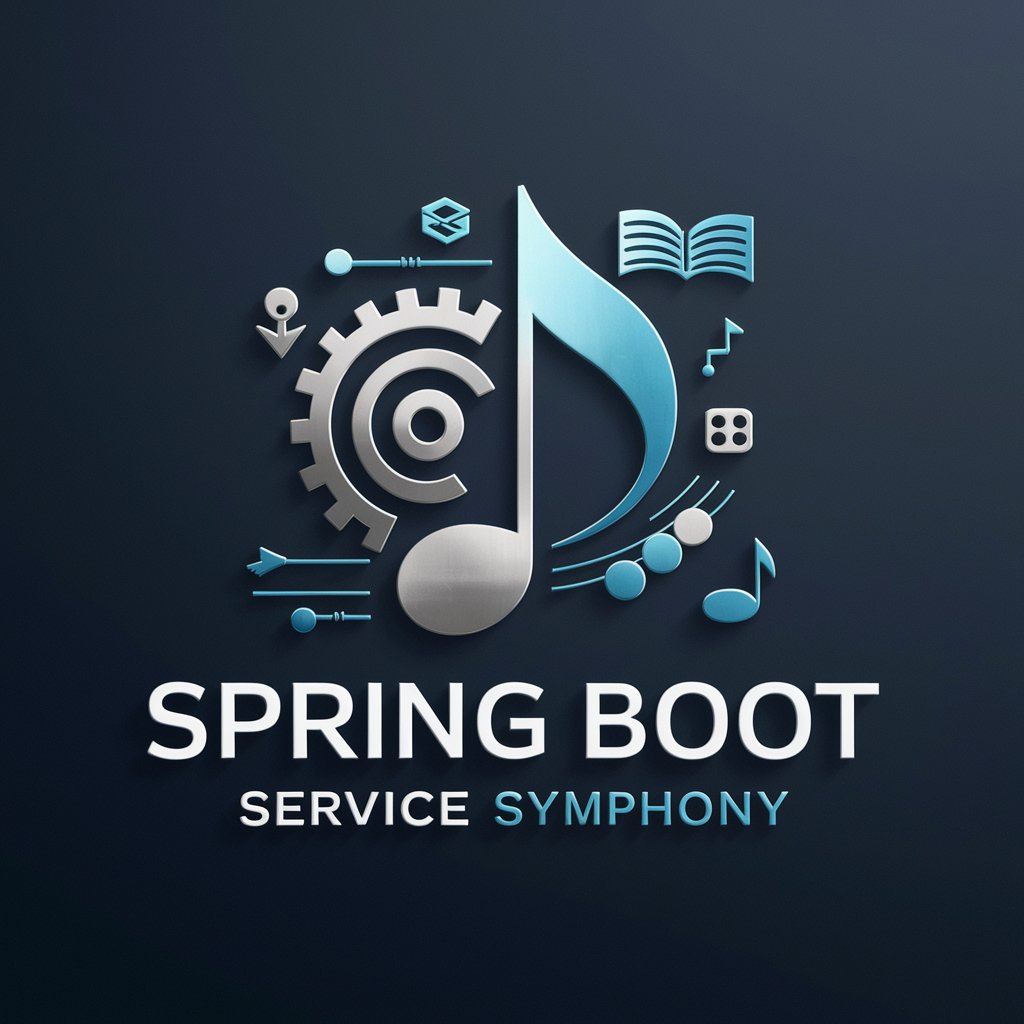
Spring Boot Guru
Empowering your Spring Boot journey with AI.

Tio-Boot
Enhancing Interactions with AI Power

Frequently Asked Questions about Clean Code
What exactly does Clean Code do?
Clean Code is a tool designed to assist in writing efficient, maintainable, and scalable software code. It guides developers on best practices and principles, offering suggestions for improvements.
Can Clean Code help with legacy code refactoring?
Yes, Clean Code is an excellent resource for refactoring legacy code. It can identify problematic areas, suggest cleaner alternatives, and help improve the overall codebase's readability and functionality.
Does Clean Code support multiple programming languages?
While Clean Code principles are universal, my expertise lies in Python, Angular, NestJS, MongoDB, and DevOps with AWS and Azure. The principles can be applied across various languages with specific guidance available for these technologies.
How can Clean Code improve a team's development process?
By adopting Clean Code practices, teams can ensure consistent coding standards, reduce technical debt, enhance code readability, and facilitate easier maintenance and scalability, leading to a more efficient development process.
Are there any prerequisites for using Clean Code effectively?
A basic understanding of programming concepts and familiarity with the programming language or technology stack in use is beneficial. However, Clean Code principles can be learned and applied at any skill level to improve code quality.
